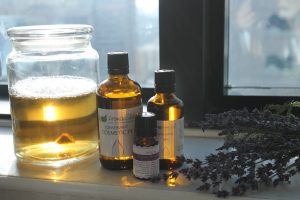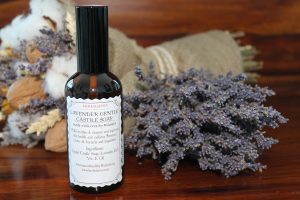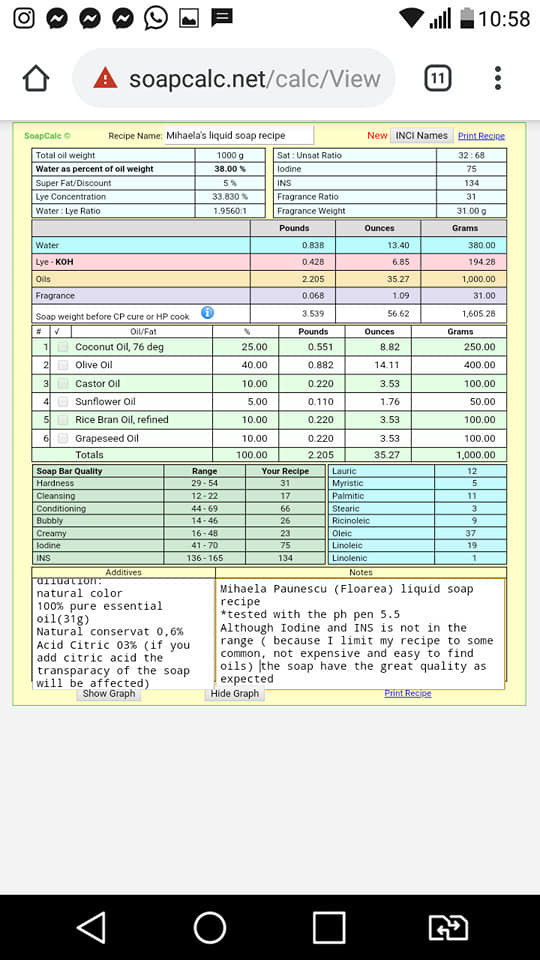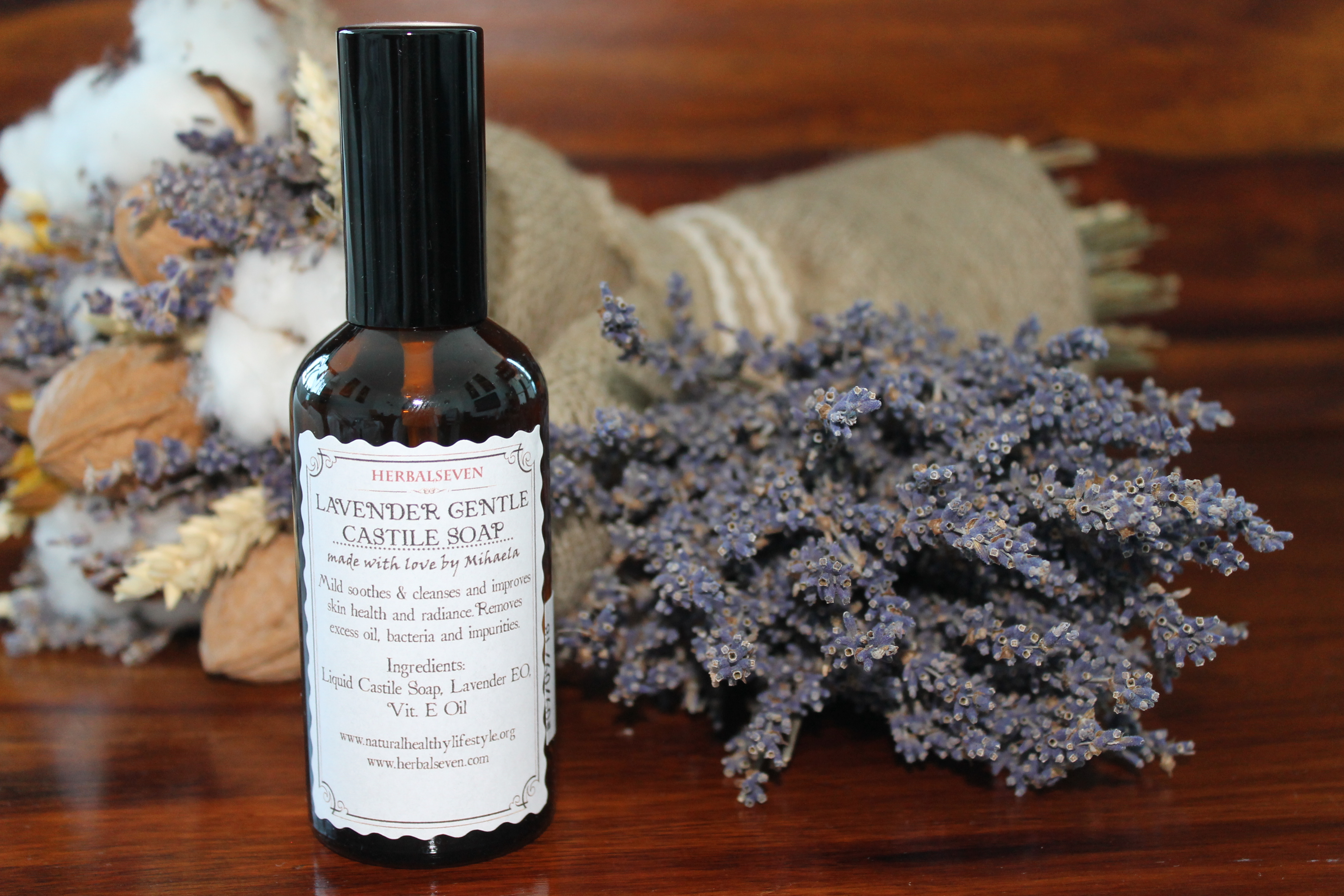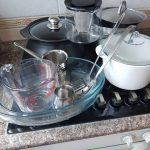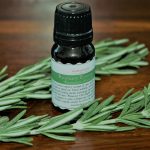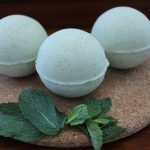Handmade Liquid Soap
I am Mihaela, i am an artisan, soap maker and hand made soap making workshop provider and after learning and teaching both, cold and hot process soap bar making, the next step was to learn and eventually for those interested teaching how to make liquid soap.
There are many online resources available for making liquid soaps, some of them incomplete in explanations, even with no soap calc attached (which is very important, real soap makers knows why), so for some people it’s a bit of trial and error at first, but once you find a recipe that works out well, it’s pretty simple to make.
It does take a little more time and effort than whipping up a batch of bars of soap but you’ll find that it’s well worth it, especially when you know that is made out of 100% natural ingredients, vegan and also the price compared with store bought liquid castile soap.
My simply handmade liquid soap, It’s all natural, vegan and works great as a shampoo, body wash, hand soap, pets shampoo and even dish soap!
Liquid Soap Ingredients
Like hot and cold process soap, there is an alkali component, water component and an vegetable oil component.
For liquid soap, the alkali component is not sodium hydroxide that is used to make hard bar soap, is potassium hydroxide. Be aware that Potassium hydroxide flakes are still caustic, so gloves and protective eyewear must be used.
The other ingredients include coconut oil, olive oil, rice bran oil, castor oil, grapeseed oil, distilled water, essential oils as per your taste (I love lavender) and any color if you wish to add. PS: I love to add coconut oil in my hand made soaps of the lauric acid provides most of the lather but if you are alergic to any of the oils added into the recipe drop me an email and i will suggest you a substitute that you can add it in the soap calc and recalculate the formula.
Note: It Is a chemical formula, measurements as per the soap calc is very important. Please don’t be afraid to use the product on the end, if you really follow the soap calc instructions, all potassium hydroxide is eliminated during the soap making process through a reaction called saponification. It’s no longer caustic at this point.
Because different oils saponify at different rates and have different fatty acid components, you should never substitute oils in soap recipes. The amount of lye and water are calculated by the app soap calc not by me.
Liquid Soap Equipment
Like hot process soap making, you’ll need a slow cooker, a stick blender, 2 quart wide mouth glass jars, 3 inox spoons, stainless steel potato masher. And since this recipe is measured in grams, you will need a electronic kitchen scale. (Optional) ph pen to test.
How to Make Liquid Soap: The Recipe
About my soap calc recipe attached I want to say that although Iodine and INS range quality soap is not respected, the soap is very good (has been tested by me). I have chosen this kind of oilS because they are easy to find, are not expensive and are good for a liquid soap (they have good saponification indices and anyway hot them much lose their beneficial properties).
Ingredients for total quantity of 1000g
- 25% coconut oil (250g as per the soap calc attached)
- 40% olive oil (400 g as per the soap calc attached)
- 10% rice bran oil (100 g as per the soap calc attached)
- 10 % castor oil (100 g as per the soap calc attached)
- 10% grepseed oil (100 g as per the soap calc attached)
- 5% sun flower oil (50g as per the soap calc attached)
- 194, 28 KOH, a.k.a. potassium hydroxide
- 380g distilled water
- 1000g distilled water (for diluting the soap paste). Some people like more suds, less suds, more liquid (so u can add even more water), etc. The amounts are only approximations as it is a mixture. Mix it up and find out what proportions you like and write it down for the next batch.
- 31g (more or less to your taste) of essential (I buy my essential oils always from here: www.herbalseven.com)
- the natural colorant of your choice, use a very small amount, citric acid to lower ph 0.3%, natural UE approved preservative 6% (I buy my oils, preservative and citric acid from here:https://www.aroma-shop.ro/)
Instructions
Liquid Soap Process
- Ventilate your work area well, dont forget about safety first, put on your gloves and goggles. Be sure pets and kids are not running underfoot as you begin to your DIY hand made soap (as mentioned before alkali is caustic).
- Start by measuring your oils as per the soap cal attached and placing them into the crock pot.
- Turn your crock pot on high and melt all the oils
- Place 380g of the distilled water into a glass or stainless bowl. Measure out the KOH and slowly pour it into the water (never the other way around) while stirring. You may notice it making groaning noises as it dissolves; this is normal.
- Once mixed, add the water/KOH mixture to the oils. Combine by hand to blend the solutions, then start using the stick blender. The mixture will be kind of chunky and want to separate, but don’t worry. Blend for about 5 minutes, then walk away.
- Cover and keep on high for the first 30-60 minutes, then turn to low.
- Keep coming back once in a while to stir or blend. It will start to take shape soon. After about 2 hours it will look kind of translucent like jelly. By this point, it is harder to work with – heavy and sticky. I use a stainless-steel potato masher to break it up more easily. Once it looks cooked through with no opaque spots, you can test it.
We are now working on making a soap base paste which will be dissolved into a clear liquid soap. The process will take 3-4 hours, and you will want to check on it and stir it up every half an hour or so. (As I told you this takes a bit longer than making bar soap, but the results are worth it!!)
To test: Place a small spoonful in some hot water and stir really well. It’ll take a bit to dissolve it all. If the water is clear, you can continue to the dilution stage. If it’s at all cloudy, continue cooking.
Liquid Soap Dilution Phase
Once your soap paste is fully cooked, you can dilute it all amount in the crop pot even hot even cold after a wile.
Dilution on hot version:
- Heat 1000g of water until hot, not boiling. (Remember to measure by weight, not volume.)
- Add this mixture to the crock pot and stir, or use the masher if needed. Leave on low, cover, and walk away. You can leave it for a few hours and then go back to it (you can leave it overnight).
- In the morning, stir the soap well and let it settle an hour or so. The soap paste that’s not diluted should rise to the top, leaving good liquid soap underneath. I push the chunky stuff aside and spoon the good stuff into pint or quart jars. Then I can scent and color each one differently if I want to.
- For the chunky stuff that remains, add a bit more water and turn the heat off. Leave this overnight and it should all be diluted by morning. Depending on the consistency you want, you may need to add a bit more distilled water. Start with a very small amount (1 teaspoon) so it doesn’t get too thin.
Dilution on cold version:
A lot of people choose most of the time to dilute their liquid soap paste in a crock pot or slow cooker. This is the method I usually use to dilute a fresh batch of liquid soap paste seeing as it’s already in the crock pot anyway. I don’t like to dilute all of my paste at once, though, so I take a bunch out and store it in glass jars with a wide mouth for easy removal later on. (The more water something has, the more likely it will go bad more quickly, so I prefer to leave most of the soap in its paste form so that it will last.)
So, I freeze the soap after it has air dried for a few months.
I take some soap paste, pull it apart into relatively small chunks and pour some distilled water ((last time I tried with lavender hydrolat not with distillated water and works waw) over them in a jar. I cover the jar and leave it alone for several hours. I may occasionally give it a shake
Homemade Liquid Soap Uses
I use this liquid soap as shampoo, body wash, dish soap, and hand soap.
Some people feel the need for more neutralizing solution, so adding little citric acid may be necessary. You can test your mixture with a pH indicator test. If it’s too alkaline after you add 3% of borax solution or citric acid.
Also, I love to add natural preservative to be sure that the item is not developing fungus is time. (natural UE approved preservative 6%)
I love keeping my 100% natural hand made items into glass container to protect the integrity of the content and for reusable idea purpose.
Please look into attached files to see and understand better the soap calculation as per the app.
Attached as well one of my liquid soap products, HERBALSEVN lavender castile soap.
